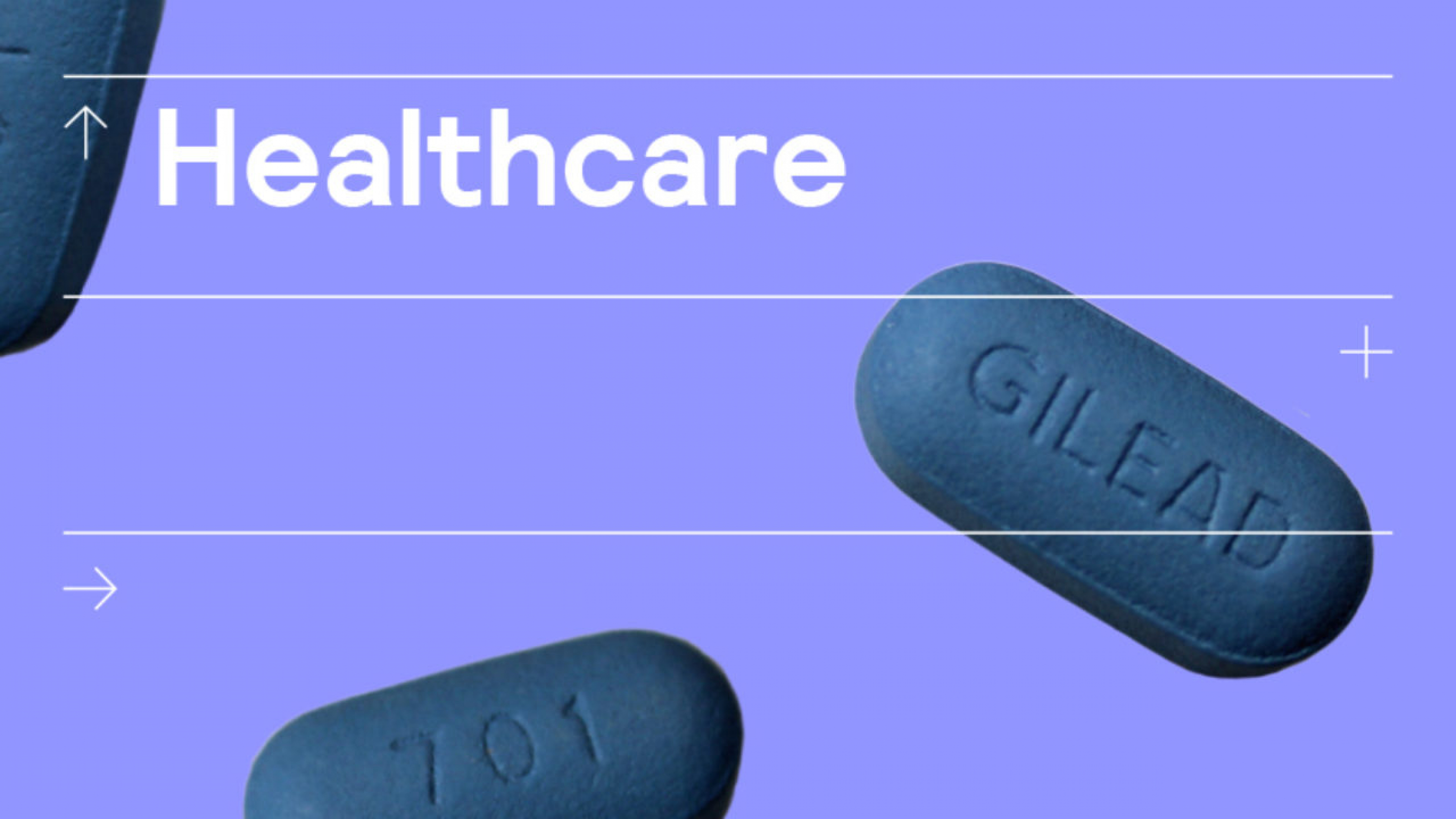

Healthcare everywhere
Just recently, the CEO of Australian health insurer Medibank made this comment:
“That 10-year period post the financial crisis has widened the difference between incomes and healthcare costs.”
He’s right, of course, and healthcare brands around the world are having to respond in ways that can make quality healthcare not only affordable but also accessible to more people. It’s a trend we see reflected in this year’s FutureBrand Index as the healthcare brands with the strongest perceptions lead the way on attributes like Indispensability and Innovation.
Two years ago, the Index revealed how much healthcare brands still had to learn from service-based organisations about how to design and deliver better connected healthcare experiences. It would appear that many have done just that, and tech-inspired innovation combined with a strong sense of purpose is now helping healthcare brands globally and locally take their brands from their labs into people’s lives in more meaningful ways.
In Australia, for example, that means “harnessing digital technologies, finding the very best people, and connecting its diverse and growing businesses to deliver care when, where and how the consumer wants it”, according to Primary Health Care CEO, Malcolm Parmenter.
But Primary is not alone, healthcare is no longer just about the healthcare sector. In fact, it’s difficult to find a sector that hasn’t been impacted by the demand for healthier living – from technology to financial services, food and beverages, fashion and beauty, even travel and tourism.
With people expecting to live longer and healthier, the healthcare brands of the future will be the ones offering not just change but change for the better. Whether it’s medicines and medical centres, or watches and workspaces, it’s healthcare everywhere.
Related articles

Netball World Cup 2027 appoints FutureBrand & Octagon to build brand strategy, identity and experience
FutureBrand and Octagon get ready to build the brand for Netball World Cup 2027 and break new ground for netball globally.

A new brand for low vision
Guide Dogs NSW/ACT and FutureBrand collaborate to launch a new brand supporting Australians with low vision.

Why did Google just change its logo?
When Mumbrella discovered that Google had made what seemed to be a small change to its logo this week, we went to Rich Curtis, CEO of FutureBrand Australia, to interpret what that meant in design language. For the record, the change involves the primary colours inside the "G": they used to be separated by hard lines, now they blend into one another with gradients.